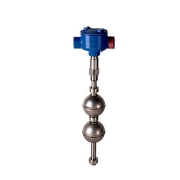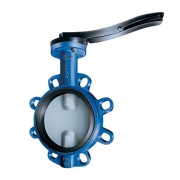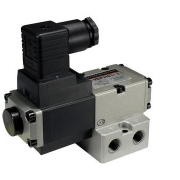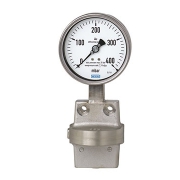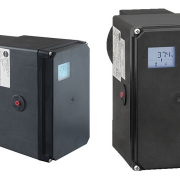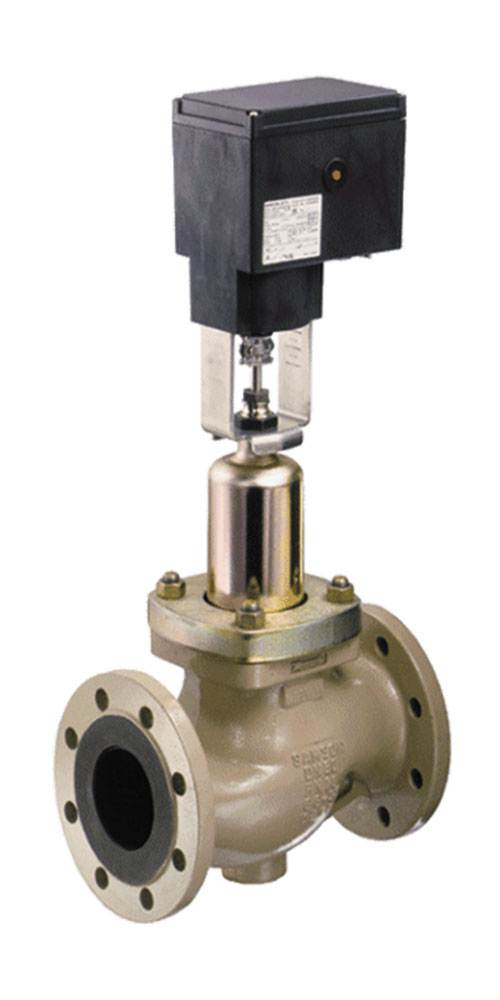Float Switches Model WFS
Float Switches Model WFS
Float Switches are used for the point-based limit level detection of one or several levels. They work independently of foaming, conductivity, dielectric, pressure, vacuum, temperature, vapors, condensation, bubble formation, boiling effects, and vibrations and are suitable for almost all liquid media. The switching operation is free from wear and needs no power supply.
The simple and proven functional principle of the float switches enables a very wide range of applications, from general industrial applications through to use in process plants.
The Float Switches is comprised of a permanent magnet to ensure it moves along with the liquid level on a guide tube and provides accurate level readings. The guide tube is fitted with a reed contact (inert gas contact) and is energized by the approach of the float magnet.
By using a magnet and reed contact, the operation of the float switch is non-contact, free from wear and needs no power supply. The contacts are potential-free. Magnetic float switches are also available with multiple switch points.
The switch functions always refer to a rising liquid level: SPDT or change-over contact.
Using a float for two switch points creates a bi-stable switch operation, meaning that the switching status remains available when the filling level continues to rise above or drop below the switch point.
float switch is simple to mount and maintenance-free, providing a cost-effective solution.
Applications for a float switch
- Level measurement for almost all liquid media
- Pump/level control and monitoring for defined filling levels
- Chemical industry, petrochemical industry, natural gas, offshore, shipbuilding, machine building, power generating equipment, power stations
- Process water and drinking water treatment, food, and beverage industry
Connections
- 6-1” ANSI / 150-600# RF flange
- 2 – 1/2” MNPT
- 60s-10s tri-clamp
Housing
- Polyester NEMA 4x
- Epoxy coated aluminum NEMA 4x or 7/9
- Stainless steel NEMA 7/9
Features
- Large range of application due to the simple, proven functional principle
- For harsh operating conditions, long service life
- Operating limits: -Operating temperature: T = -196…+350°C -Operating pressure: P = Vacuum to 40 bar -Limit density: ρ ≥ 300 kg/m³
- Wide variety of different electrical connections, process connections, and materials.
- FM approved version / NEMA 4x or 7/9 housing
- Process connection, guide tube and float from 316L/316Ti stainless steel or plastic
- Universal signal processing: connection direct to a PLC is possible, NAMUR connection, signal amplification/contact protection relays
- Works independently of foaming, conductivity, dielectricity, pressure, vacuum, temperature, steam, condensation, bubble formation, boiling effects, and vibrations.
Data Sheet

